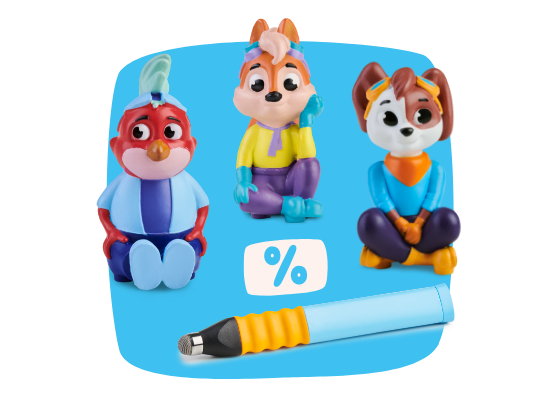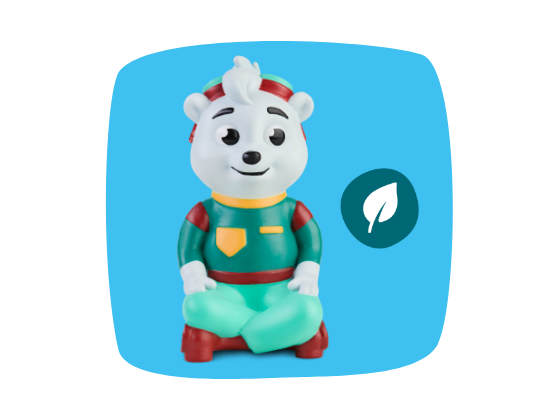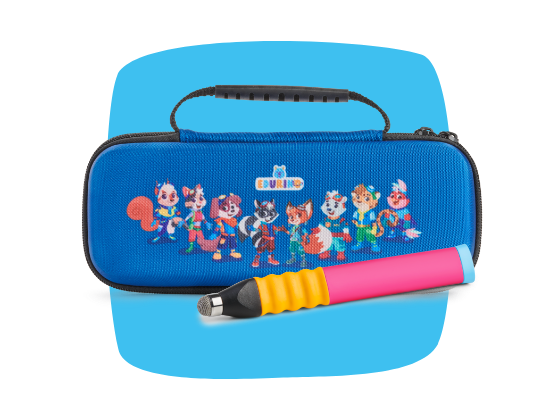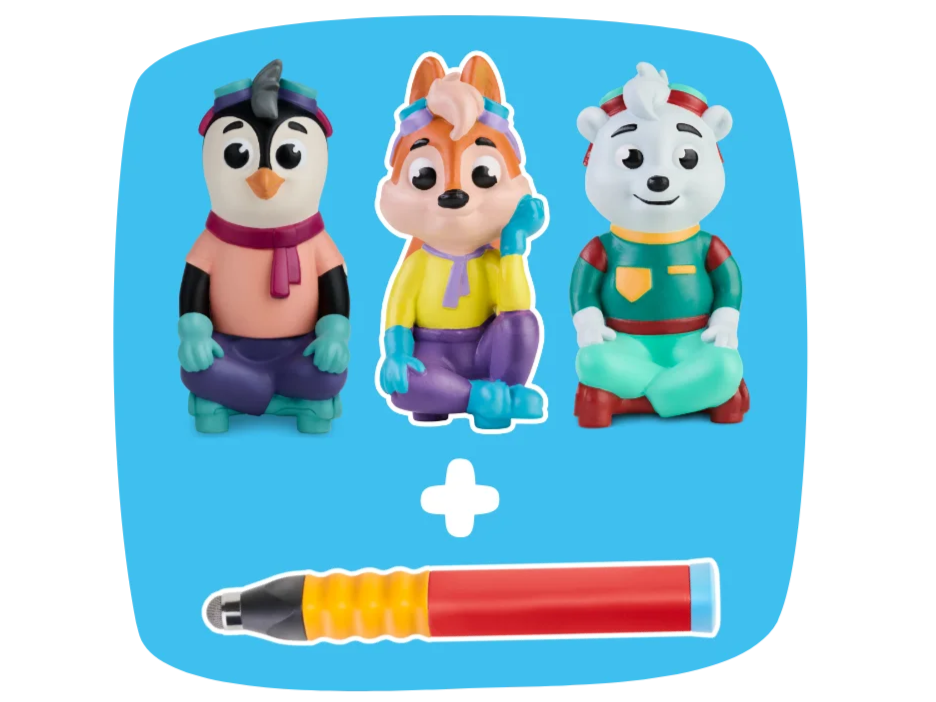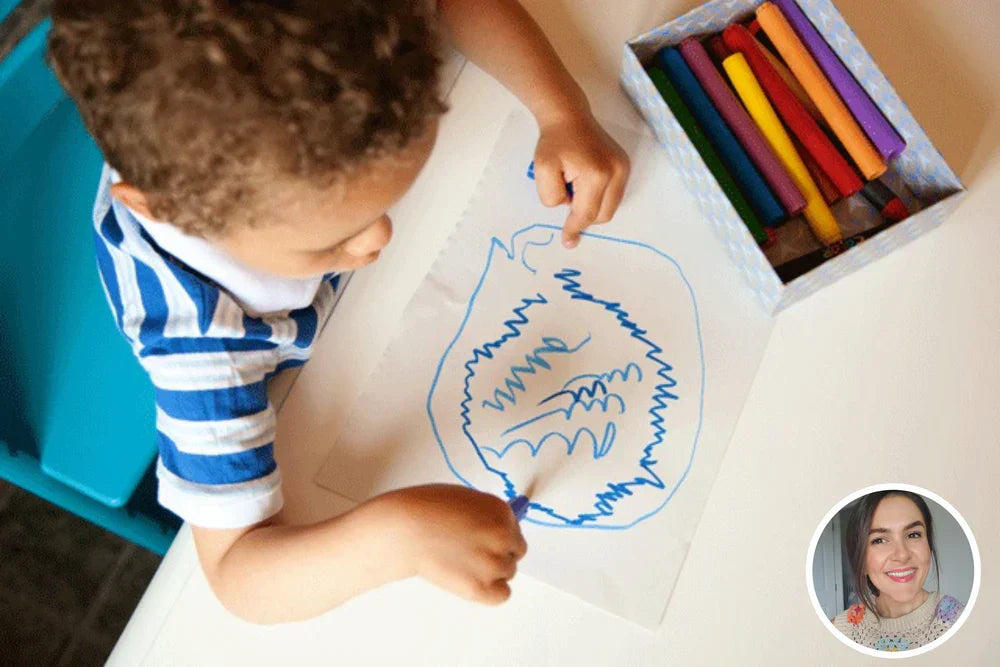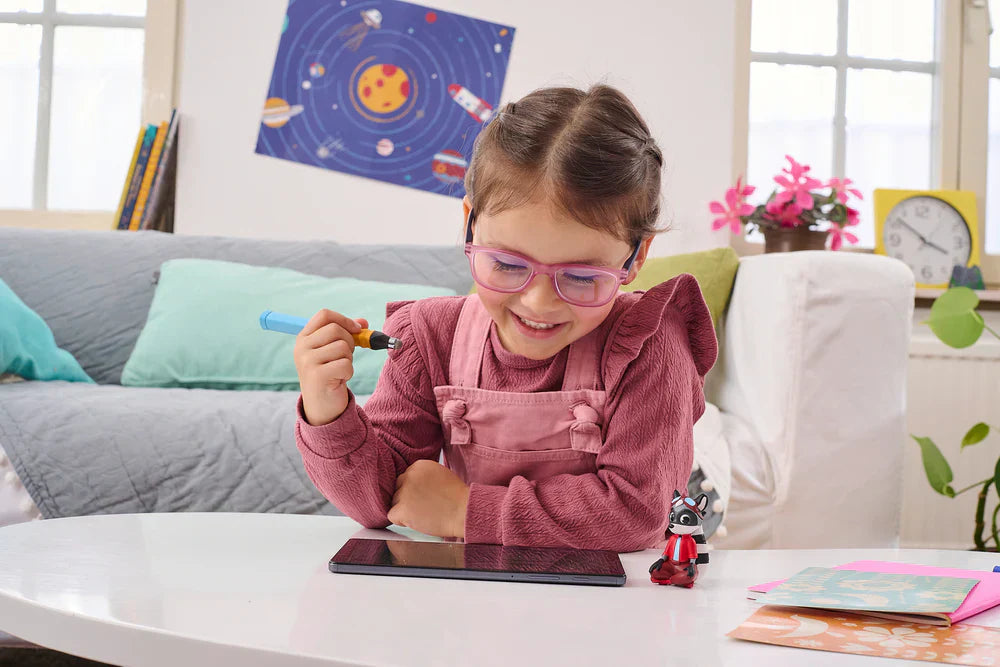Everything starts with movement
Before writing comes painting. Before painting comes movement.
From the moment babies start clapping, crawling, and reaching for toys, they're training the muscles and motor pathways that form the foundation of writing. These large, sweeping movements are part of gross motor development—and they're essential. Think of swinging on monkey bars, catching balls, dancing, or drawing large strokes on outdoor walls.
These activities help children build their core strength, muscle control, and body coordination. Climbing, throwing, and bending over (like putting on socks) are valuable preparatory exercises for the much finer, more precise movements required for writing.
On the way to control: developing fine motor skills
As children grow older, their movements become more refined. Fine motor skills develop through activities such as:
- Threading beads
- Knead
- Pick up small objects with tweezers
- Build puzzles or towers
- crumple paper
These small hand and finger movements develop the control needed to eventually hold and move a writing instrument. If your child has difficulty holding a pencil or gets tired quickly while drawing, don't panic—this phase takes time and practice.
Drawing the Line: Introduction to Graphomotor Skills
Once basic fine motor skills are established, children begin developing graphomotor skills: the ability to coordinate hand and eye to produce signs, symbols, and eventually letters. During this phase, lines become more focused, and circles and familiar letters emerge (even if they are still upside down or upside down).
The goal here isn't perfect spelling or flawless forms, but fluid movements. Children must master push-pull movements, curves and straight lines, as well as changes in direction and rhythm. These form the foundation for later fluent and legible writing.
What parents can do (without worksheets)
If your child is struggling with writing, resist the urge to reinforce letter tracing. Instead, return to the basics:
- Play with proportions: Have your children draw large letters on the sidewalk, on walls, or with their fingers in the sand.
- Make it sensual: Hide shapes in foamy water or let them leave traces in shaving cream.
- Use everyday writing tasks: Ask your child to “write” shopping lists, signs for a toy store, or thank you cards for grandparents.
- Strengthen muscles while having fun: Activities like play dough, finger games (Incy Wincy Spider!), and even brushing doll hair help strengthen the right muscles.
- Introduce writing into your daily routine: Let your child see you writing a shopping list or sending a thank-you card. This demonstrates that writing has a purpose.
- Try assistive devices: When your child is ready for writing utensils, assistive devices such as thick colored pencils, pencils with large grips, or ergonomic pens like the EDURINO ergonomic pen —developed by occupational therapists—can help reinforce proper grip and relieve hand strain.
A rough guide to the development stages
0–2 years: Sensory exploration and drawing begin. Children love shapes, textures, and messy play.
Ages 2–3: Children begin to use lines, dots, and circles to represent ideas. They may show a hand preference.
Ages 3–4: Wave-like signs emerge. Children begin to imitate writing. Muscle control improves through practice with thick colored pencils or brushes.
From age 4: Some children begin to write familiar letters, often from their name. This is when it's worth strengthening their fingers and encouraging proper pencil grip.
Writing doesn't have to be perfect—it needs to be encouraged. At this stage, the effort is what matters, not the accuracy.
When they are ready: Give them the tools to develop
Once children show interest in forming letters and are physically ready to hold a writing instrument, the right support can help them experience success and develop self-confidence.
One helpful option is the ergonomic pen from EDURINO . Developed in collaboration with occupational therapists, it supports correct grip, promotes healthy posture, and effortless fine motor development. It also comes with an interactive app that motivates children while reinforcing their writing skills.
Final Thoughts: Writing Should Be Fun
Writing doesn't begin with the alphabet. It begins the moment a baby claps, grasps, or draws in the sand. By providing children with many playful, sensory-rich opportunities to move, grasp, draw, and imagine, we help them become confident communicators.
And when they're ready to move from doodling to handwriting, the right writing instrument can provide just the right support. The ergonomic pen from is a thoughtful option—but no matter which instrument you choose, keep the process playful, encouraging, and movement-oriented. This is the real secret to helping your child become a joyful and fluent writer.

